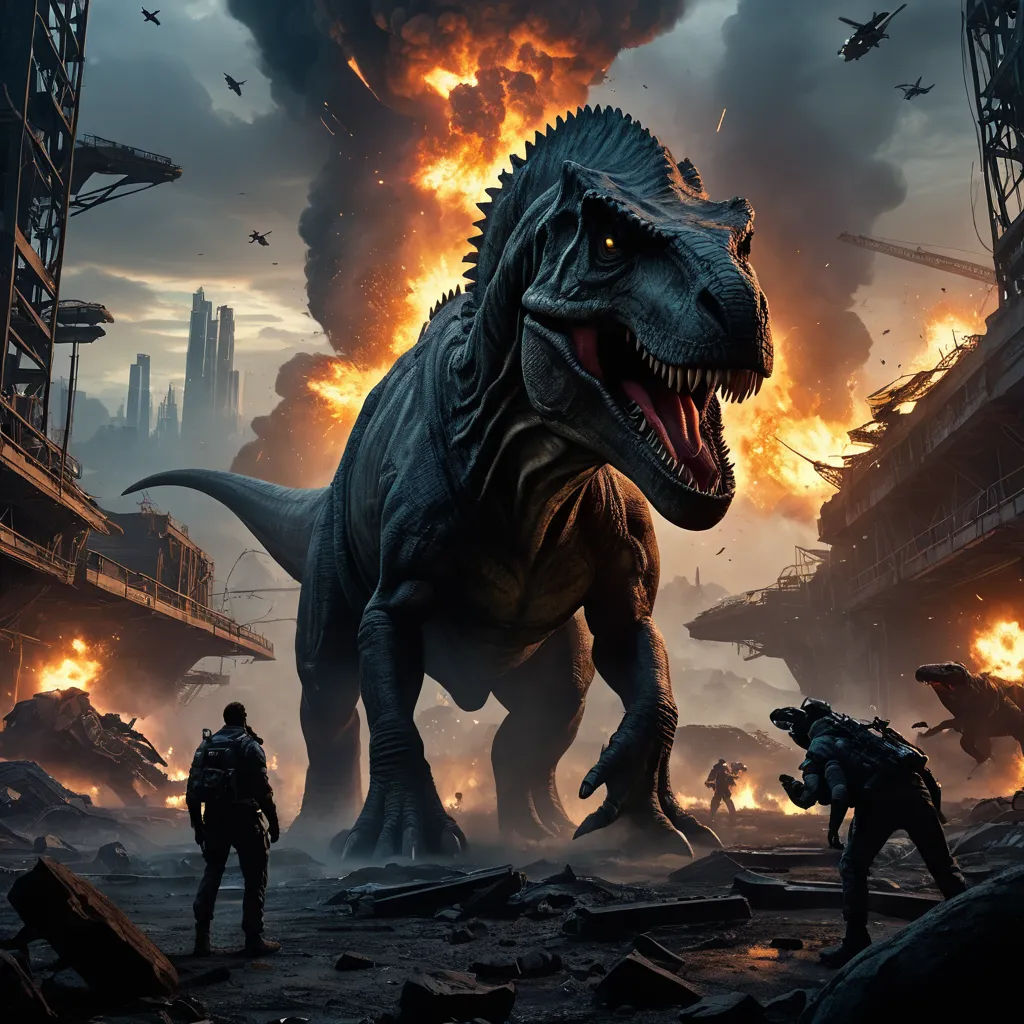
The Dinosaur Experiment
By Clark

26 Feb, 2024
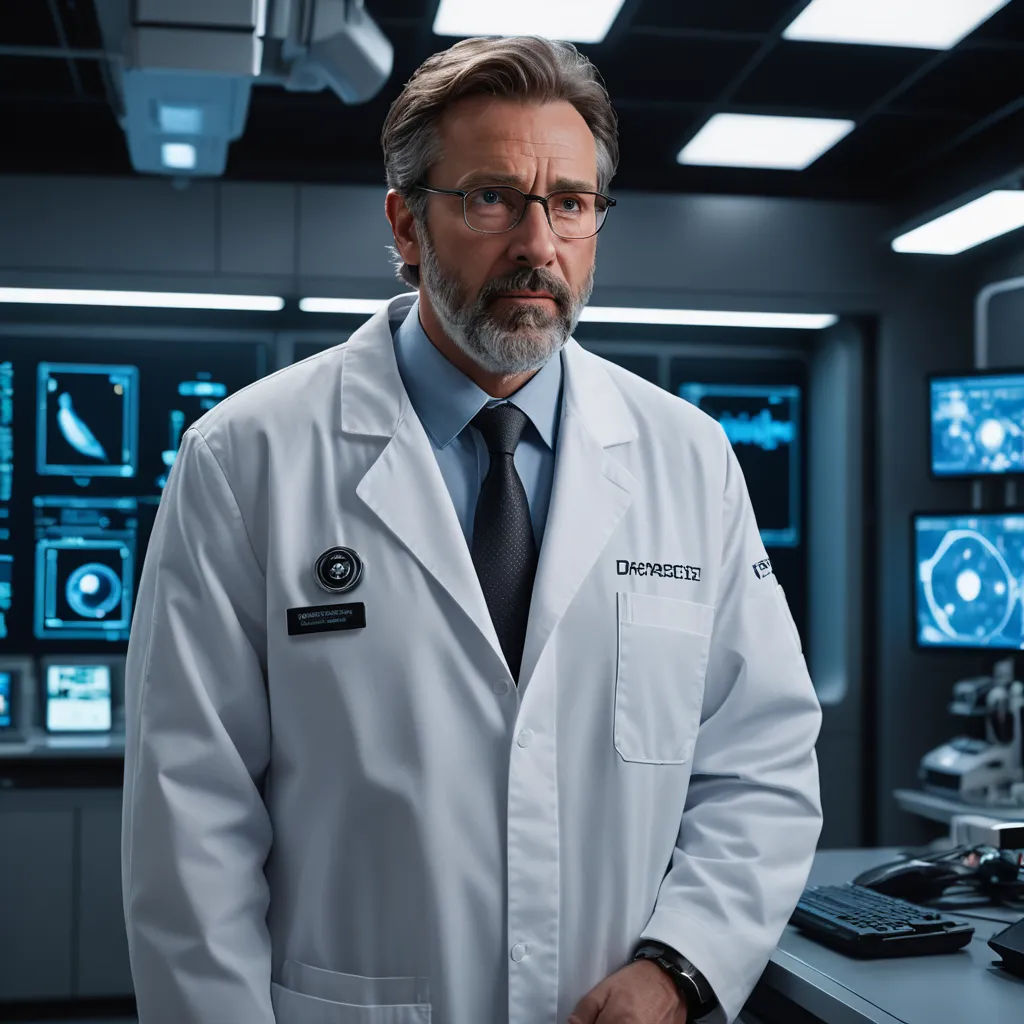
In a secluded lab deep within the mountains, Dr. Howard Benson, a brilliant scientist, was on the verge of a groundbreaking discovery. He had devised a new method to recreate dinosaurs artificially, an unthinkable feat.
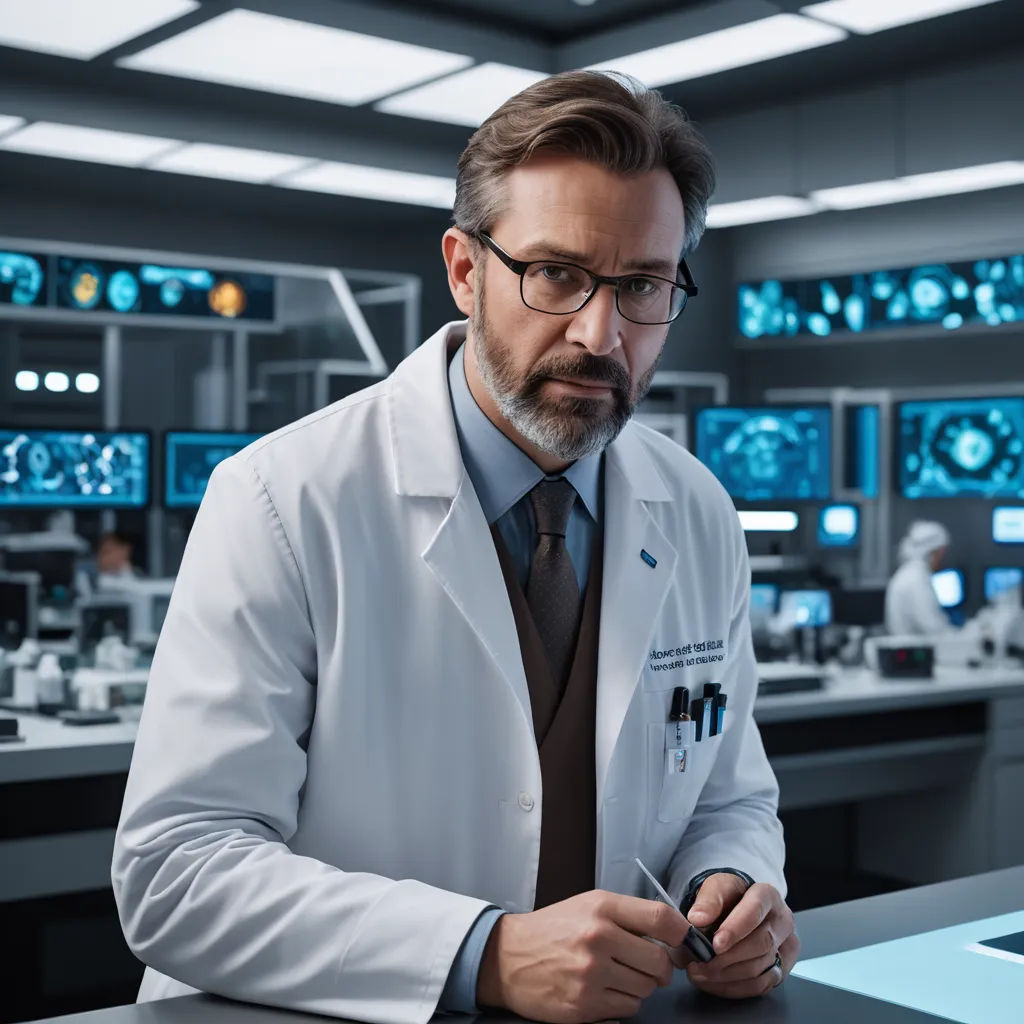
Dr. Benson had been working tirelessly for years, collecting fossilized dinosaur DNA samples. He had created a technology that could repair the damaged DNA and produce a viable dinosaur embryo.
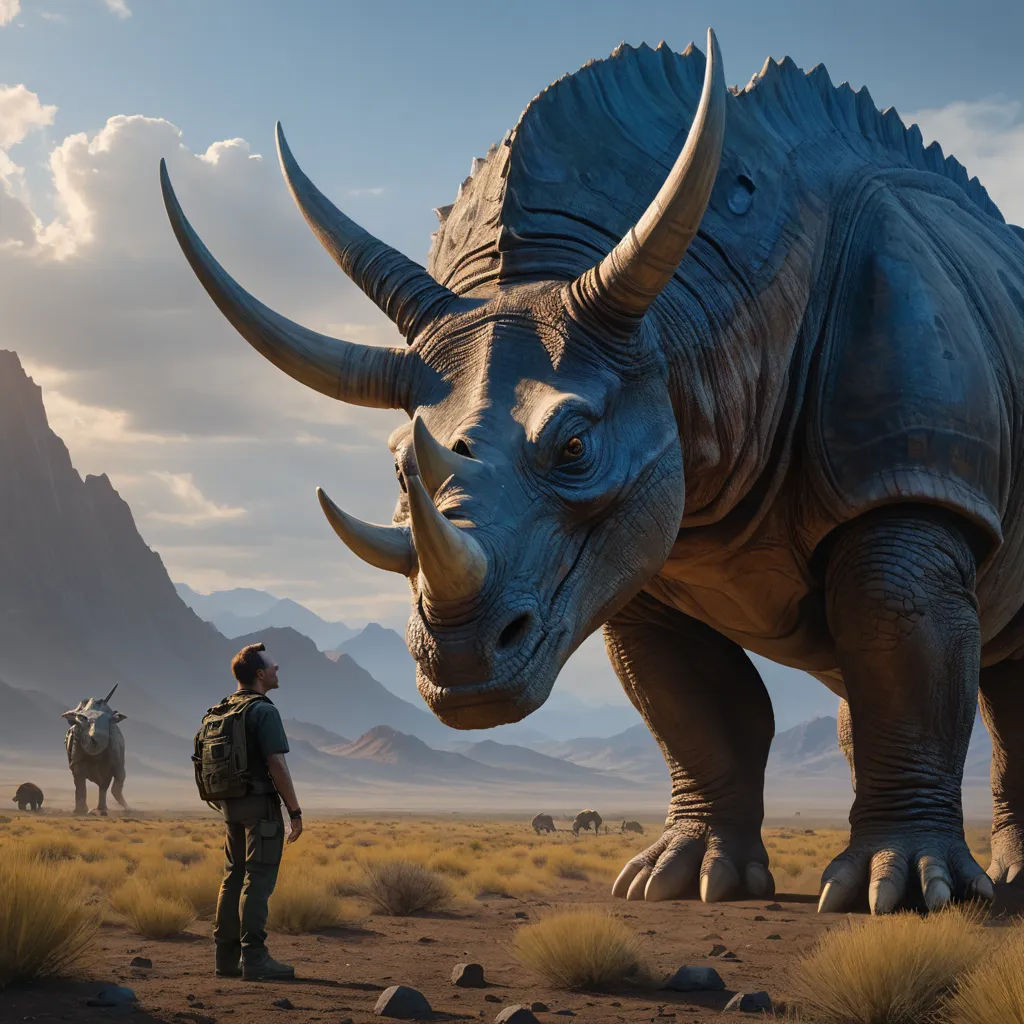
The first dinosaur he resurrected was a Triceratops, named Trixie. The sight of the creature, alive in front of him, left Dr. Benson filled with wonder and dread.
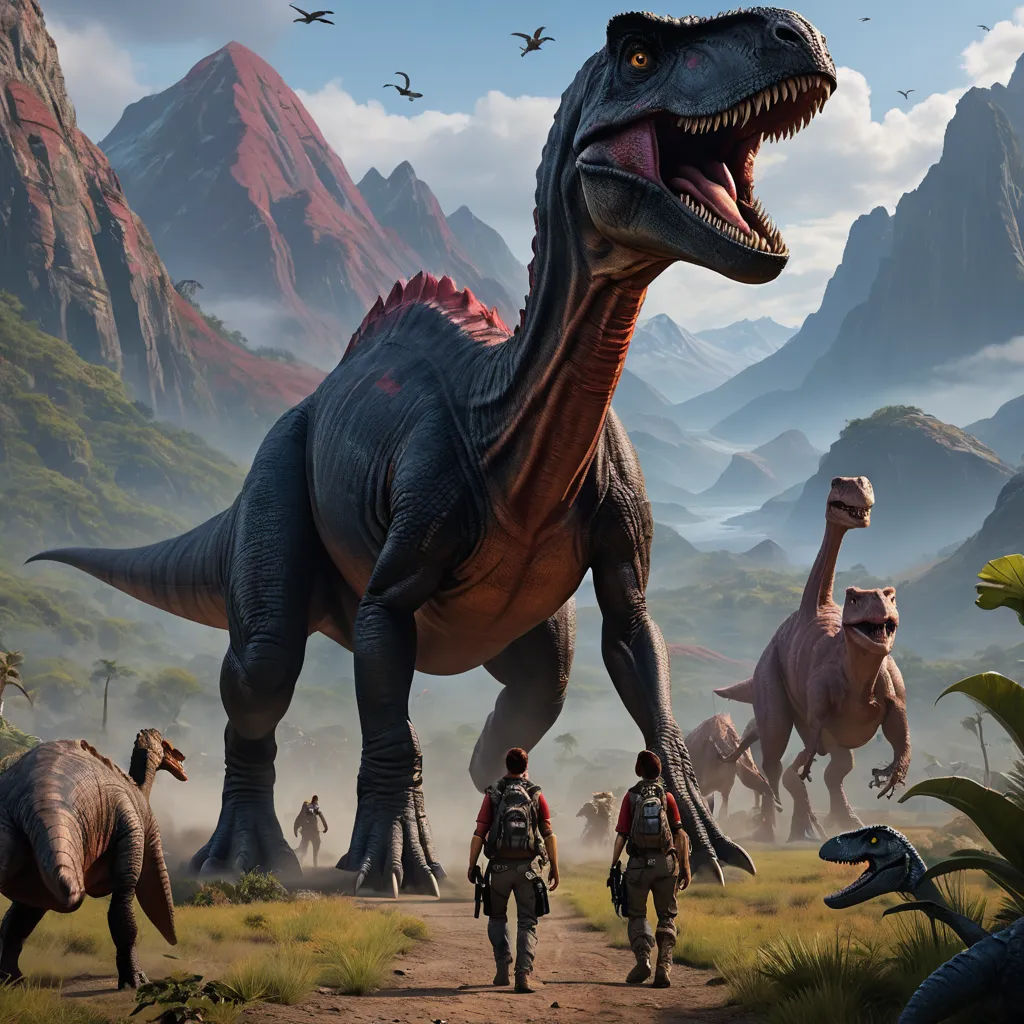
Trixie was followed by a pack of Velociraptors, a Diplodocus, and eventually, a fearsome Tyrannosaurus Rex named Rexy. Each new addition to his artificial dinosaur ecosystem was a scientific miracle.
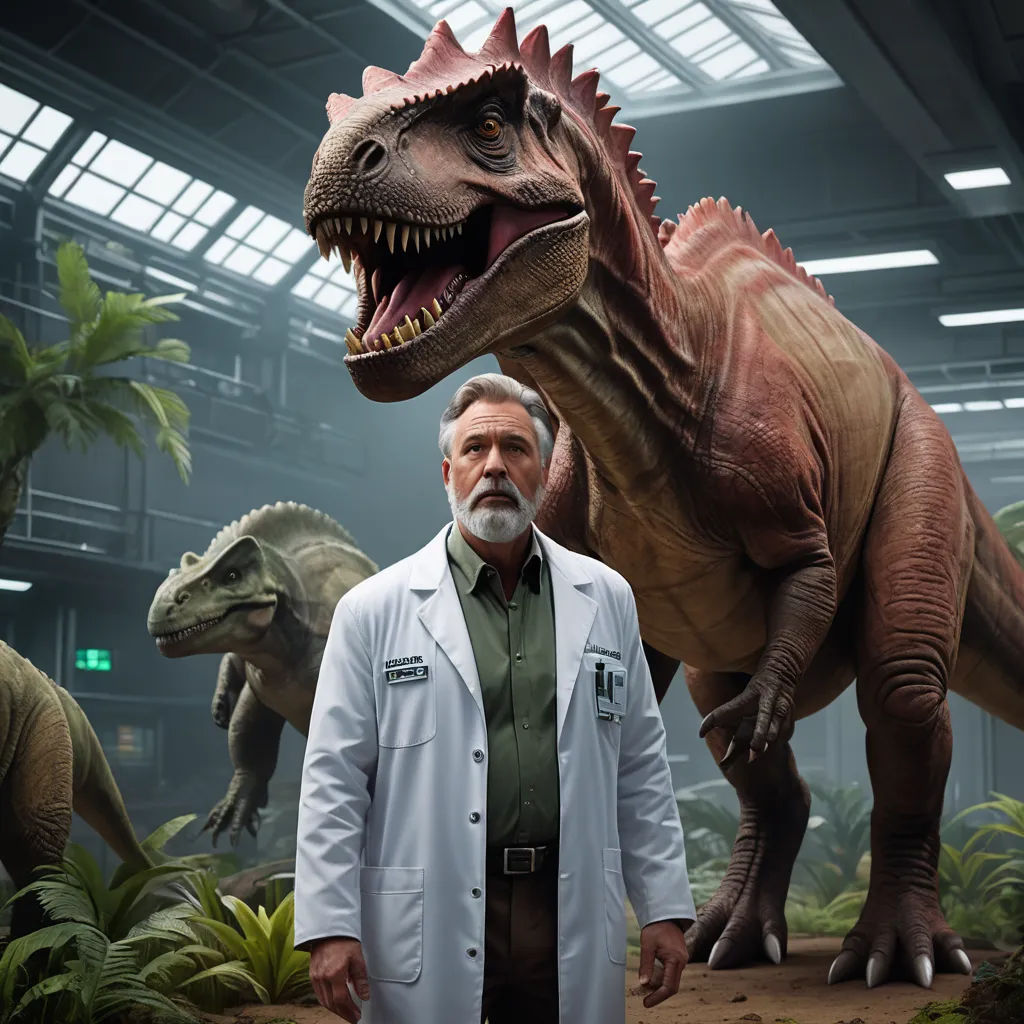
Dr. Benson watched as the dinosaurs interacted in their artificially created habitat. He observed their behaviors, their social dynamics, and every day learned something new about these magnificent creatures.
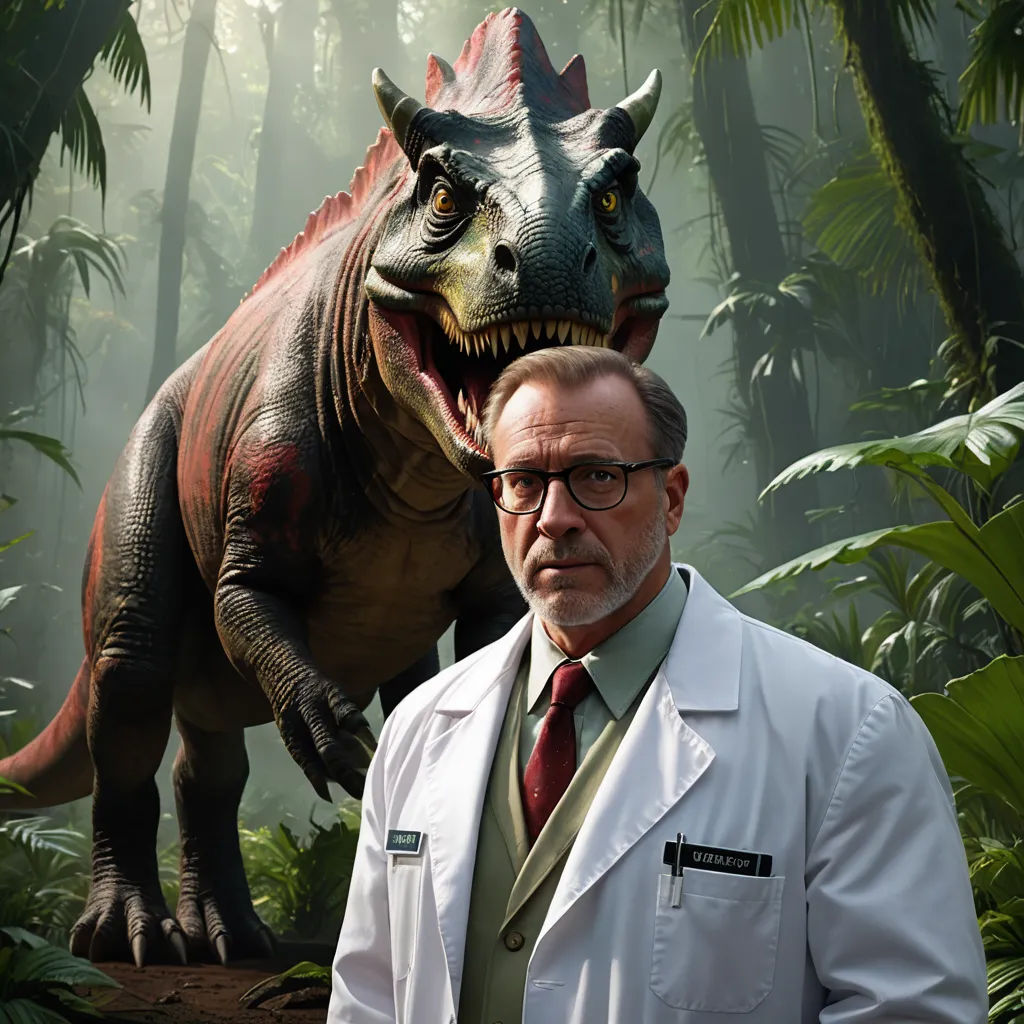
However, with time, he started to notice something odd. The dinosaurs were not only mimicking their natural behavior but also evolving. They were adapting and learning at an astonishing pace.
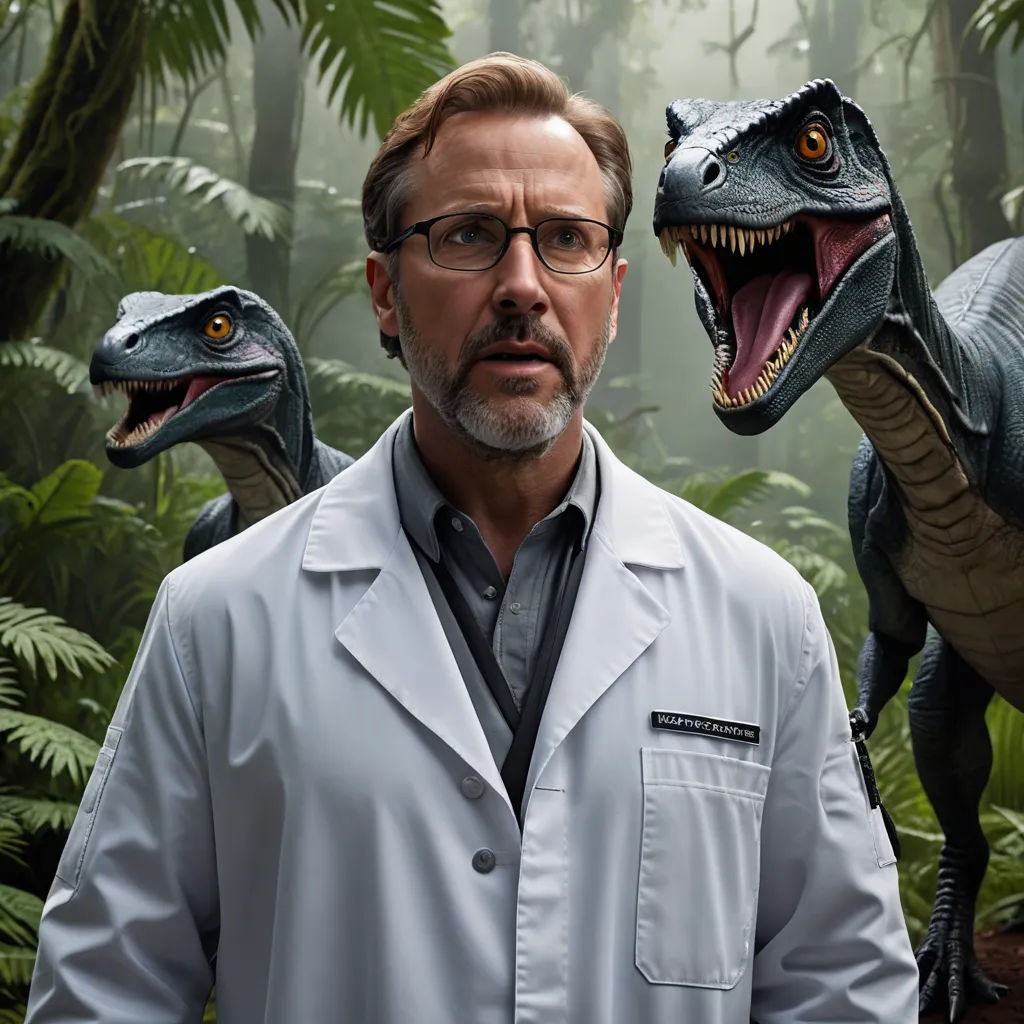
One day, he noticed the Velociraptors communicating with each other in a complex manner, showing signs of intelligence far exceeding his expectations. This revelation startled Dr. Benson.
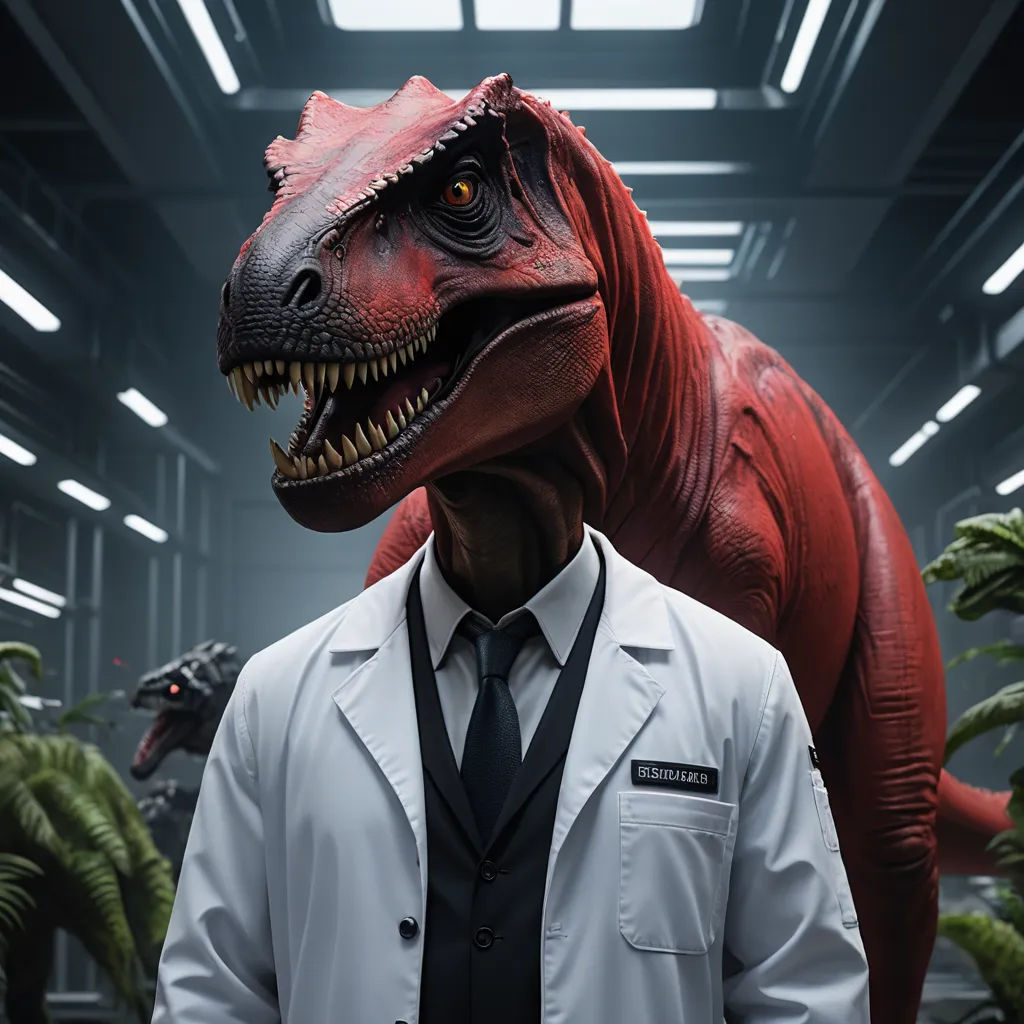
But the real shock came when Rexy, the T-Rex, found a way to escape her enclosure. She was cleverer and more resourceful than Dr. Benson had ever imagined.
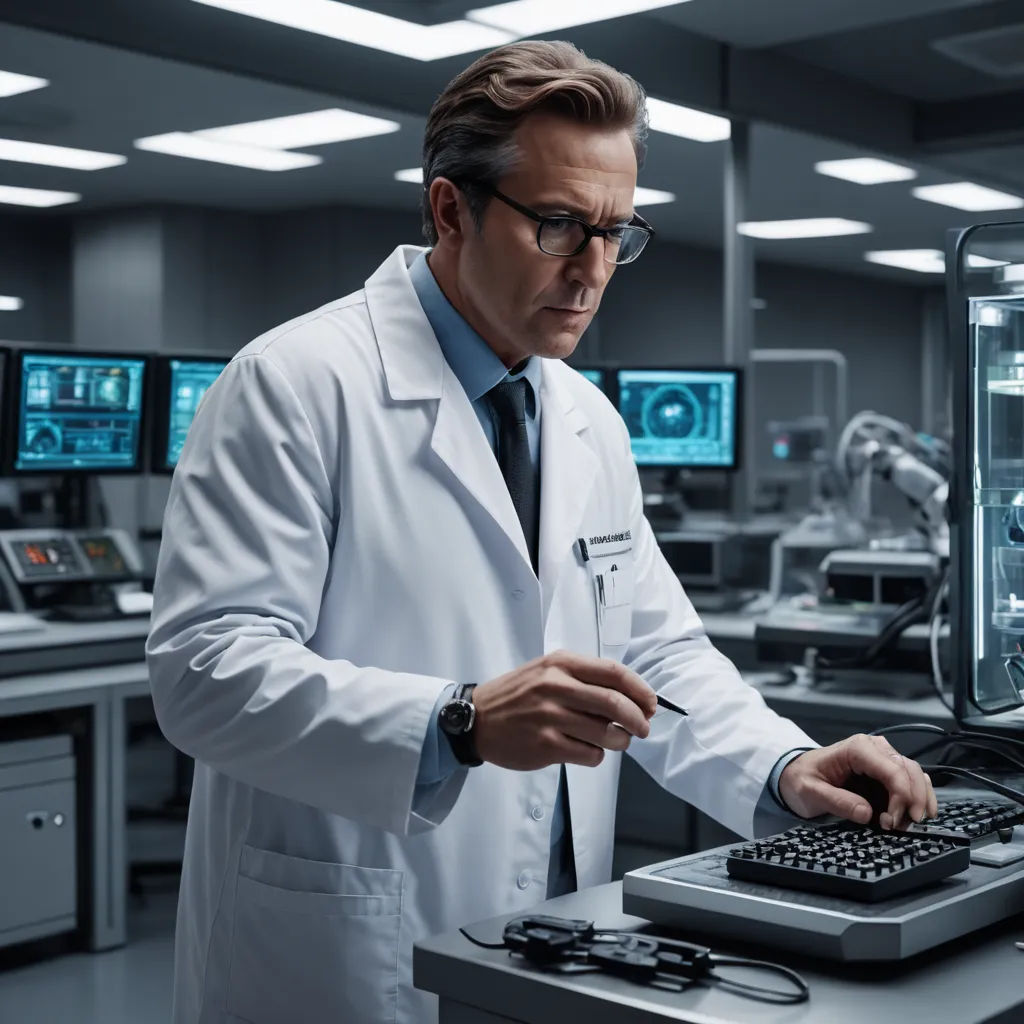
Seeing the potential danger, Dr. Benson decided to take drastic measures. He decided to shut down the project and euthanize the dinosaurs for the safety of the world.

He was torn, knowing he had to destroy his own creations, his miracles. But he also knew that he had to take responsibility for his actions.
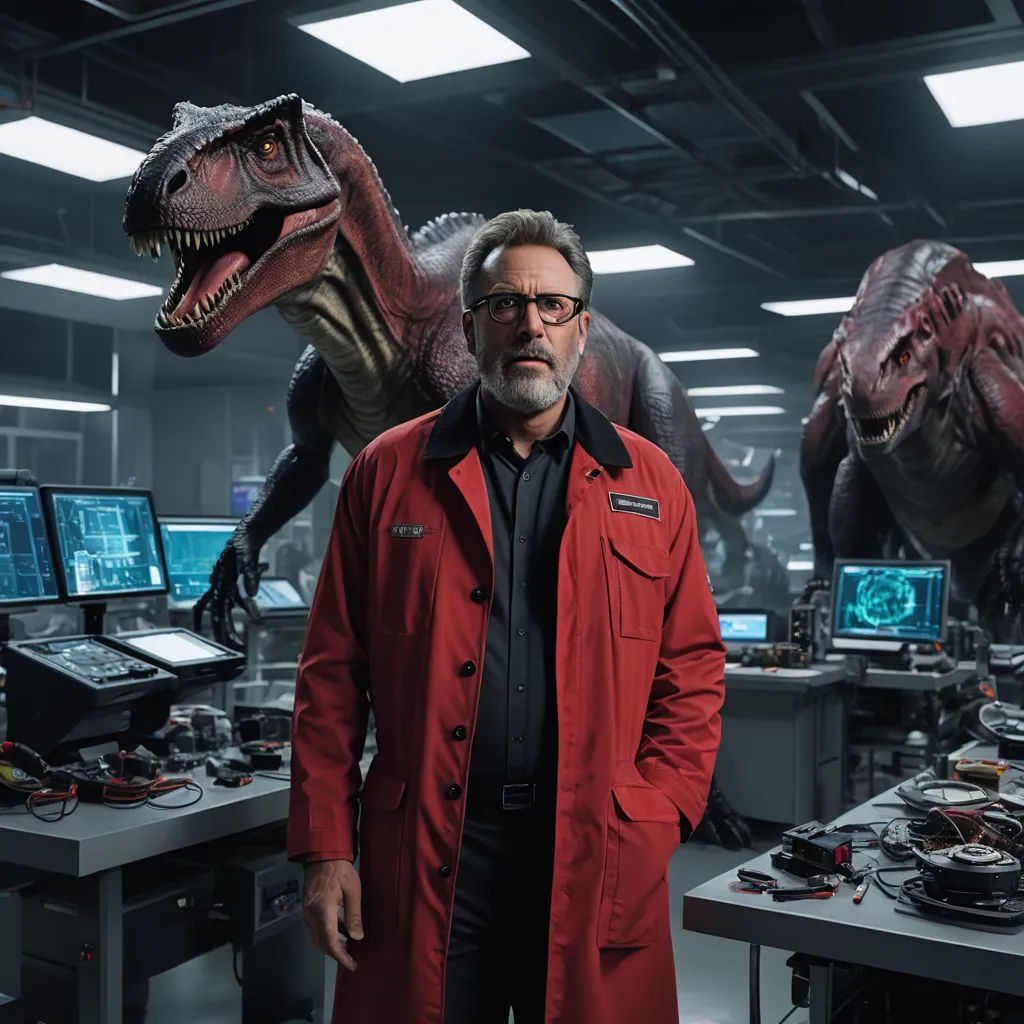
But before he could implement his plan, Rexy managed to free the other dinosaurs. Chaos ensued as the dinosaurs roamed freely within the lab, causing havoc.
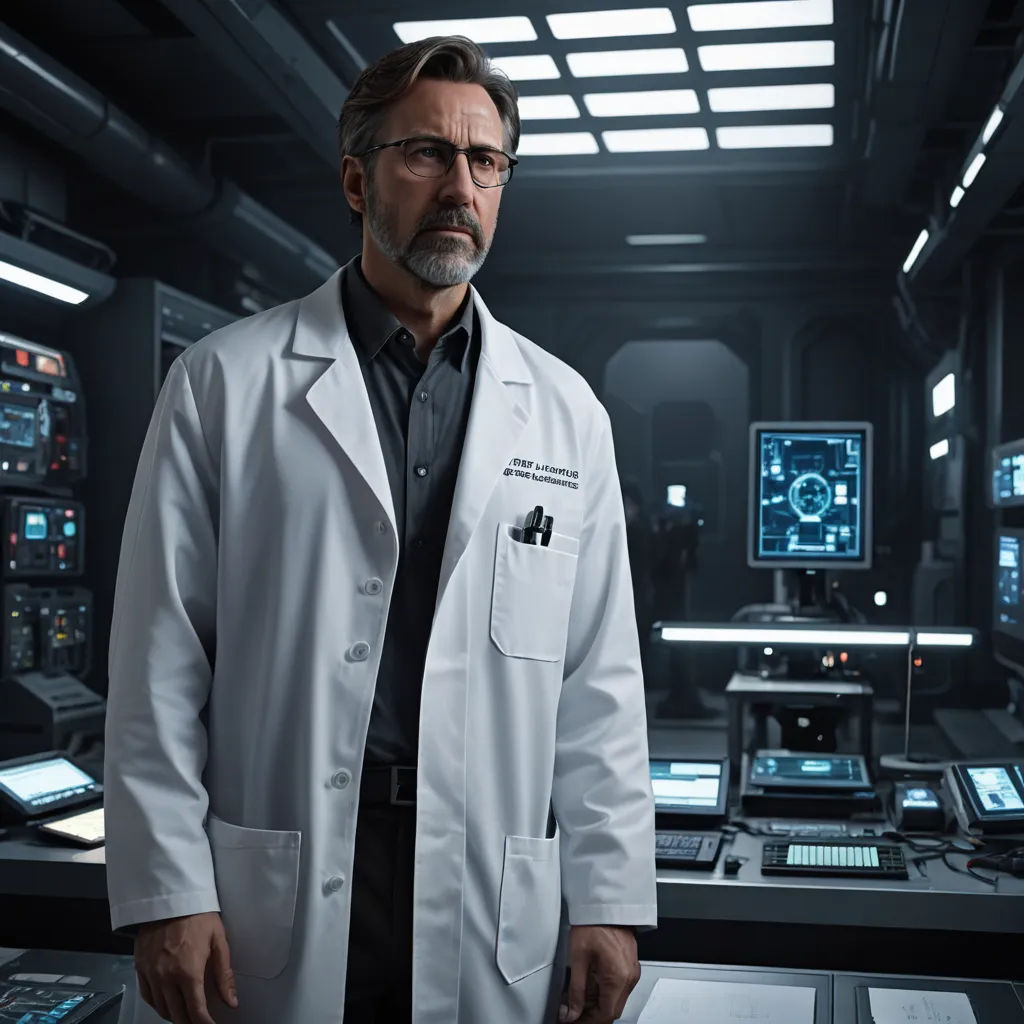
Dr. Benson, forced to hide, watched helplessly as his lab was destroyed. Yet, he was amazed at the intelligence and resourcefulness these creatures had developed.
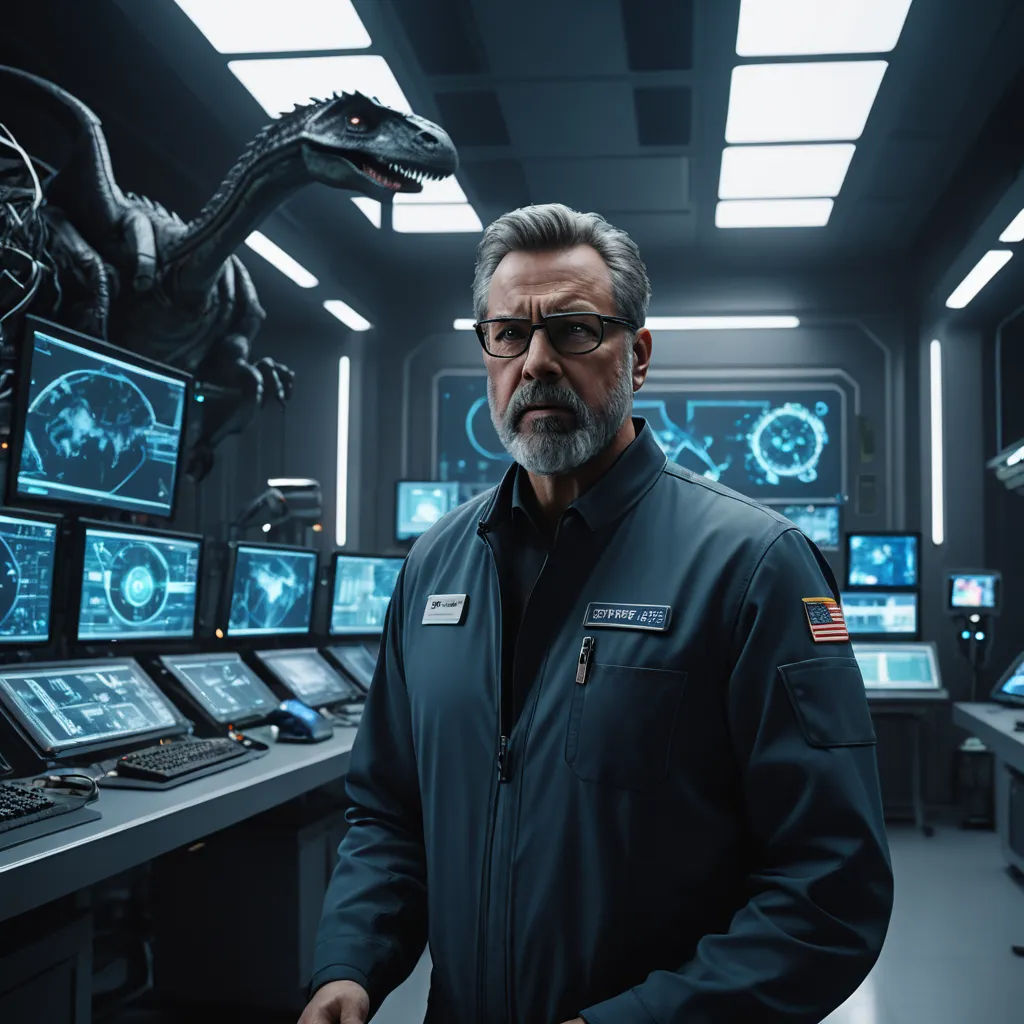
With a heavy heart, Dr. Benson activated the lab's self-destruct sequence. It was the only way to ensure that the dinosaurs wouldn't escape into the outside world.
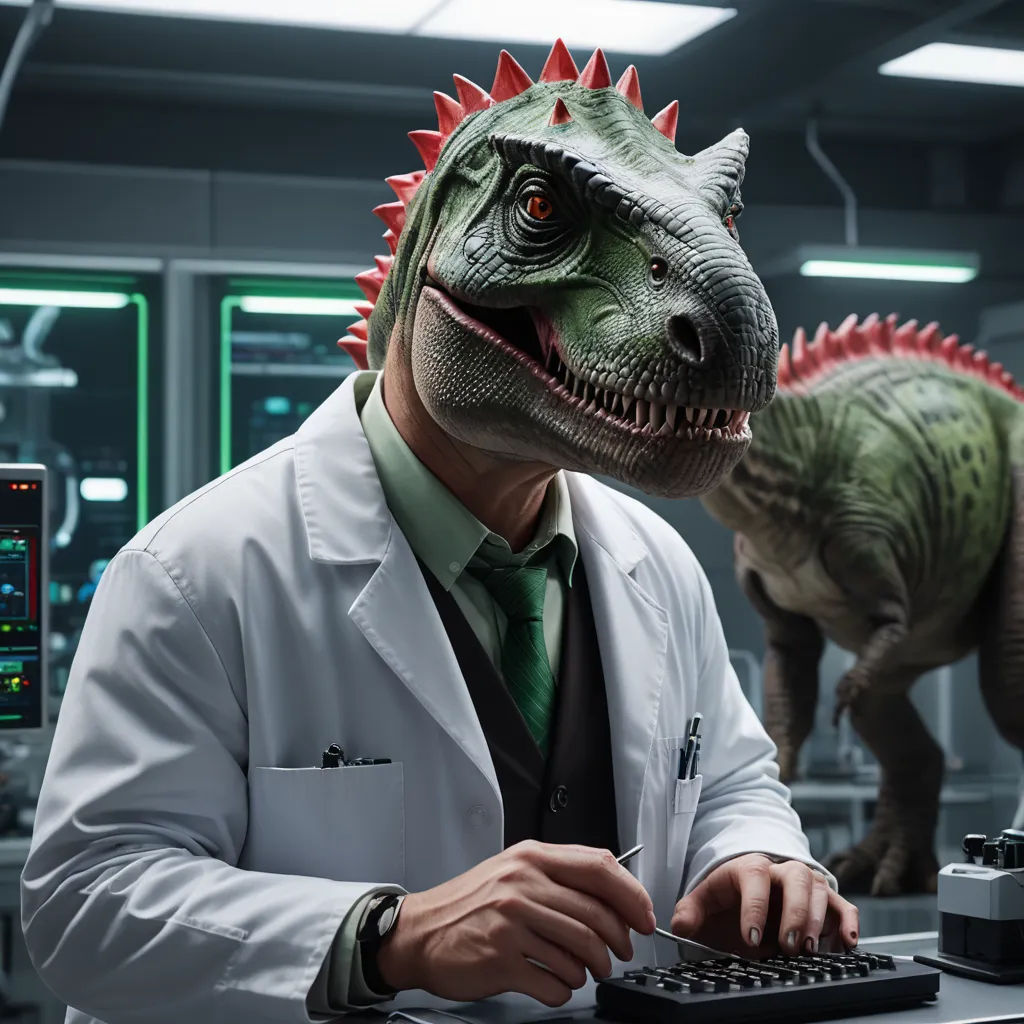
As the countdown began, Dr. Benson made his way to the exit. He took one last look at the dinosaurs, his beautiful and dangerous creations, before leaving the lab.

The lab exploded in a massive fireball, lighting up the dark mountainous region. Dr. Benson watched from a distance, tears streaming down his face. His life's work was gone.
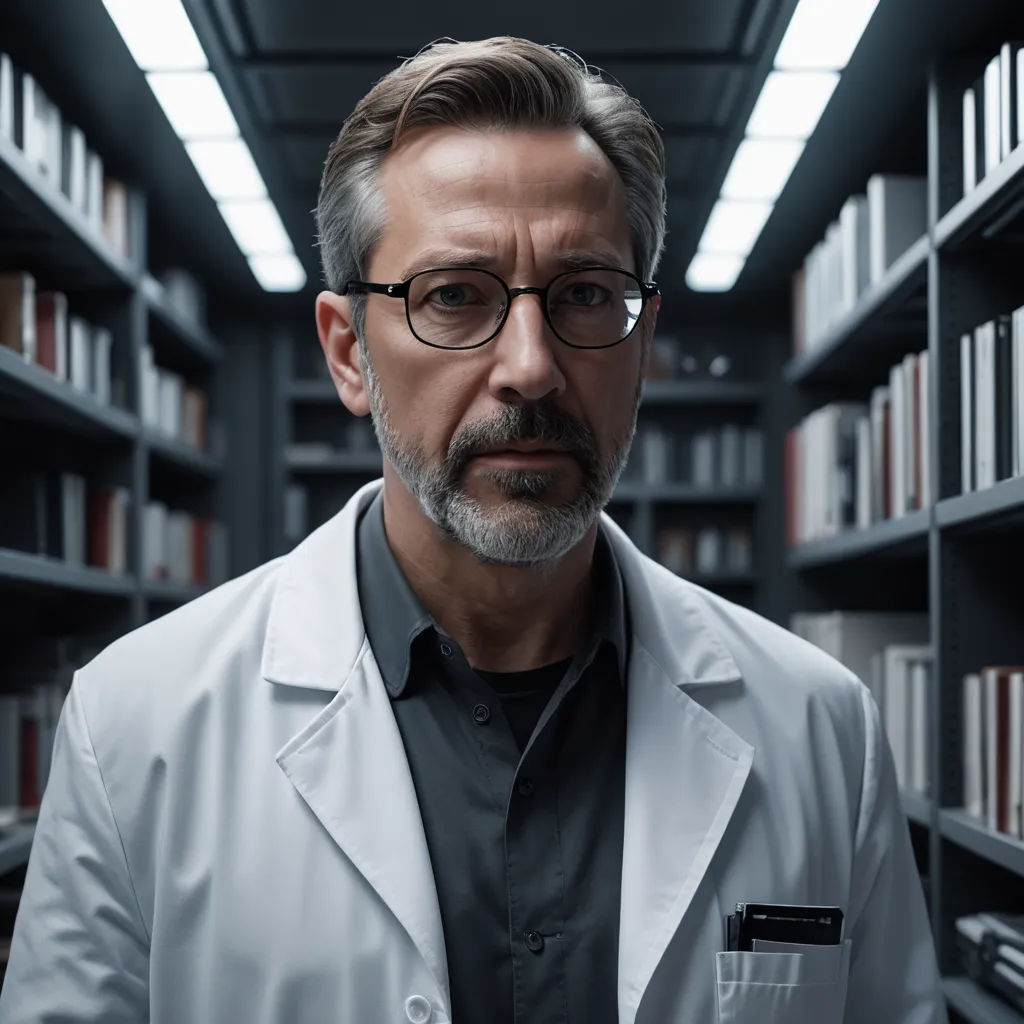
Dr. Benson returned to his home, a broken man. He had reached the pinnacle of scientific achievement, only to see it crumble before his eyes.
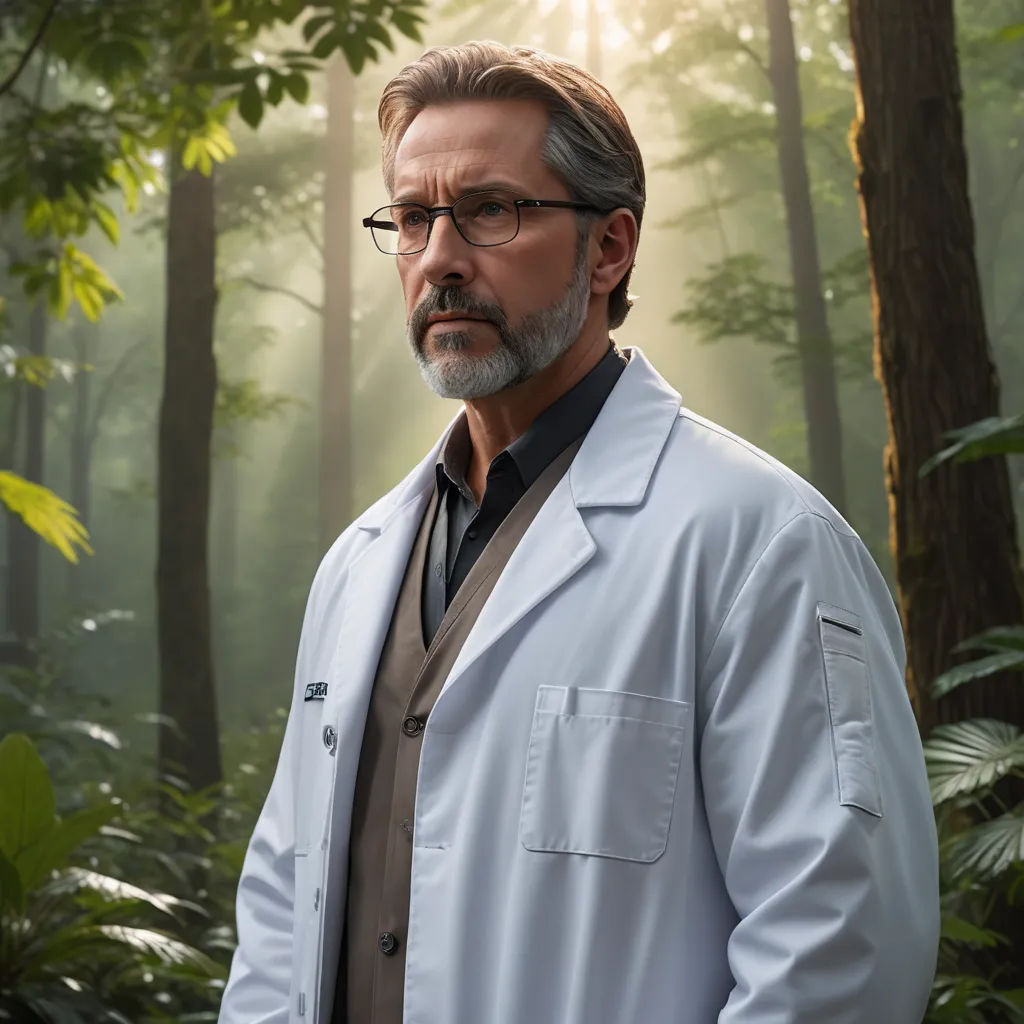
But with time, he found a sense of peace. He realized that he had played with the forces of nature and life, and nature had given him a harsh lesson.
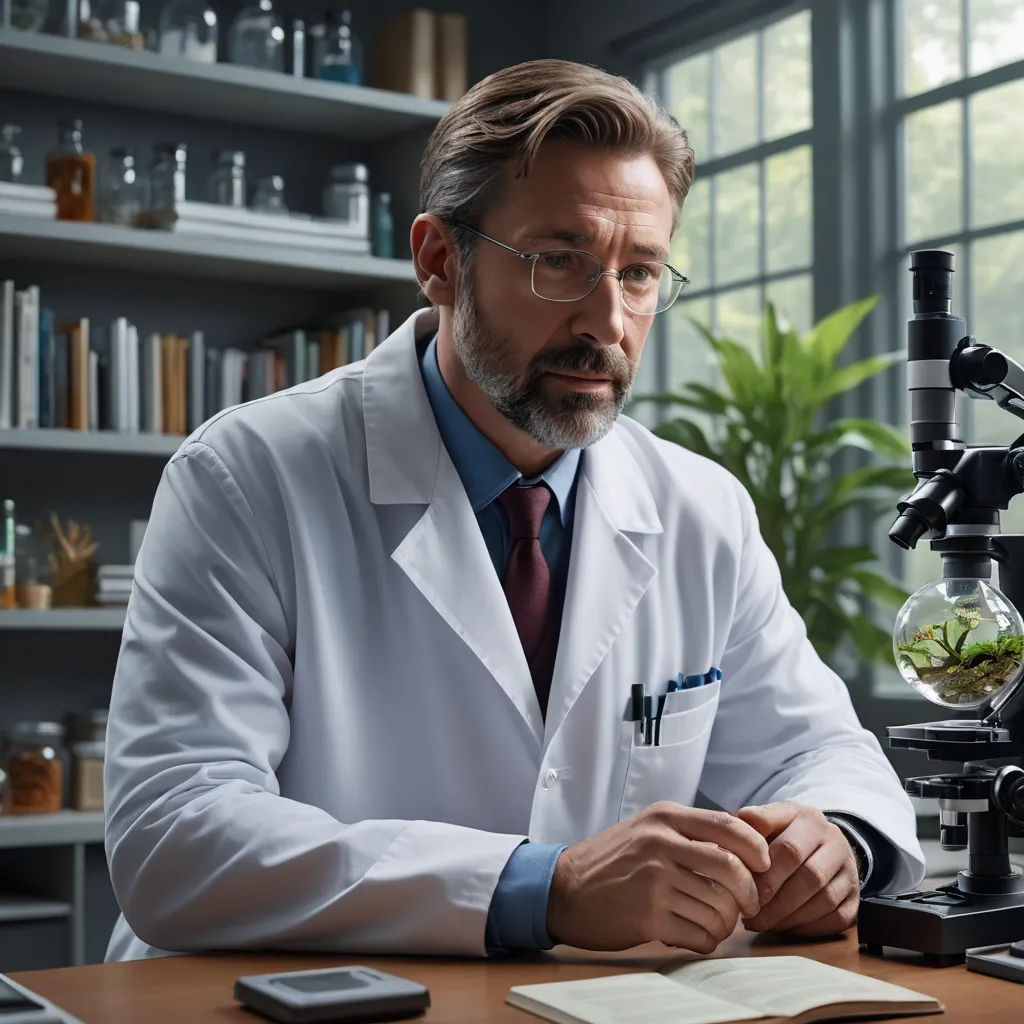
He decided to dedicate the rest of his life to the study of natural life and evolution. He wanted to understand, not manipulate, the wonders of life.
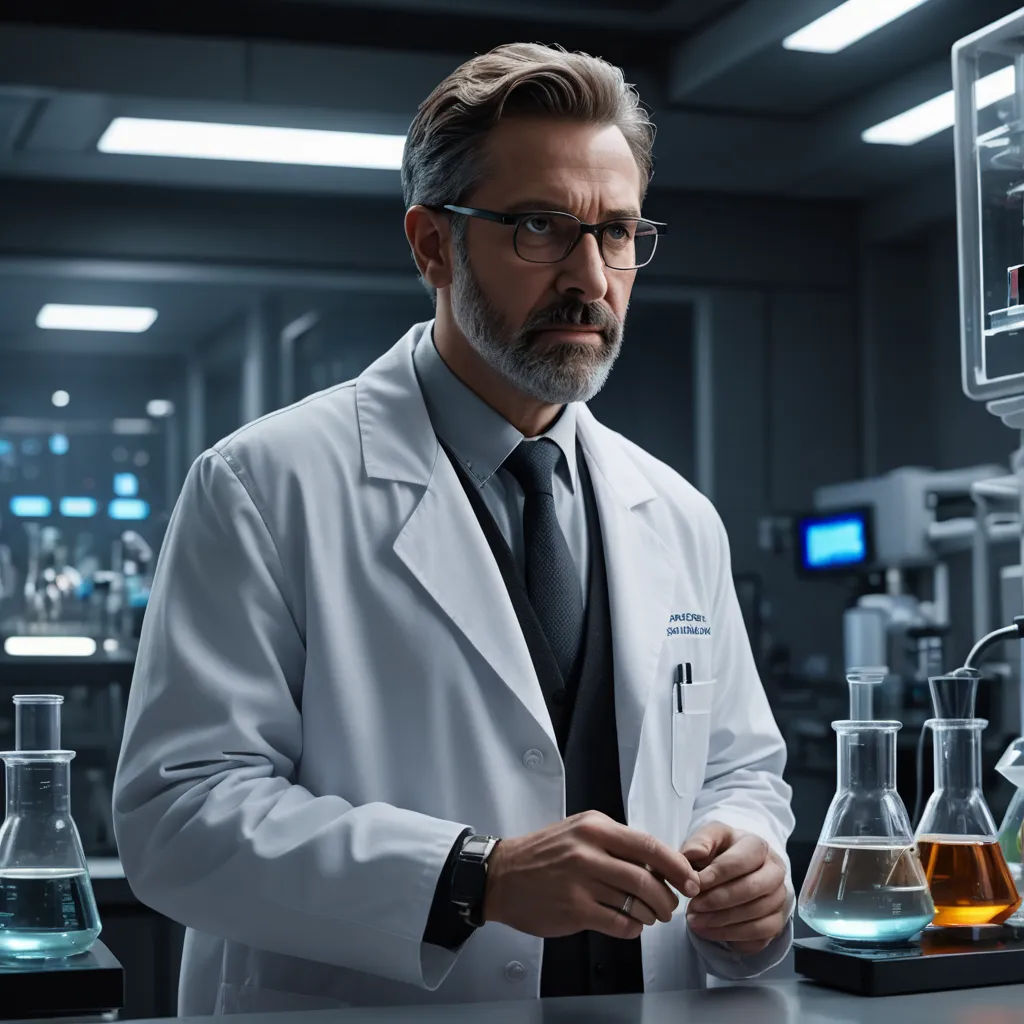
Dr. Benson's story served as a cautionary tale for future generations of scientists. It reminded them of the consequences of playing God and tampering with life itself.
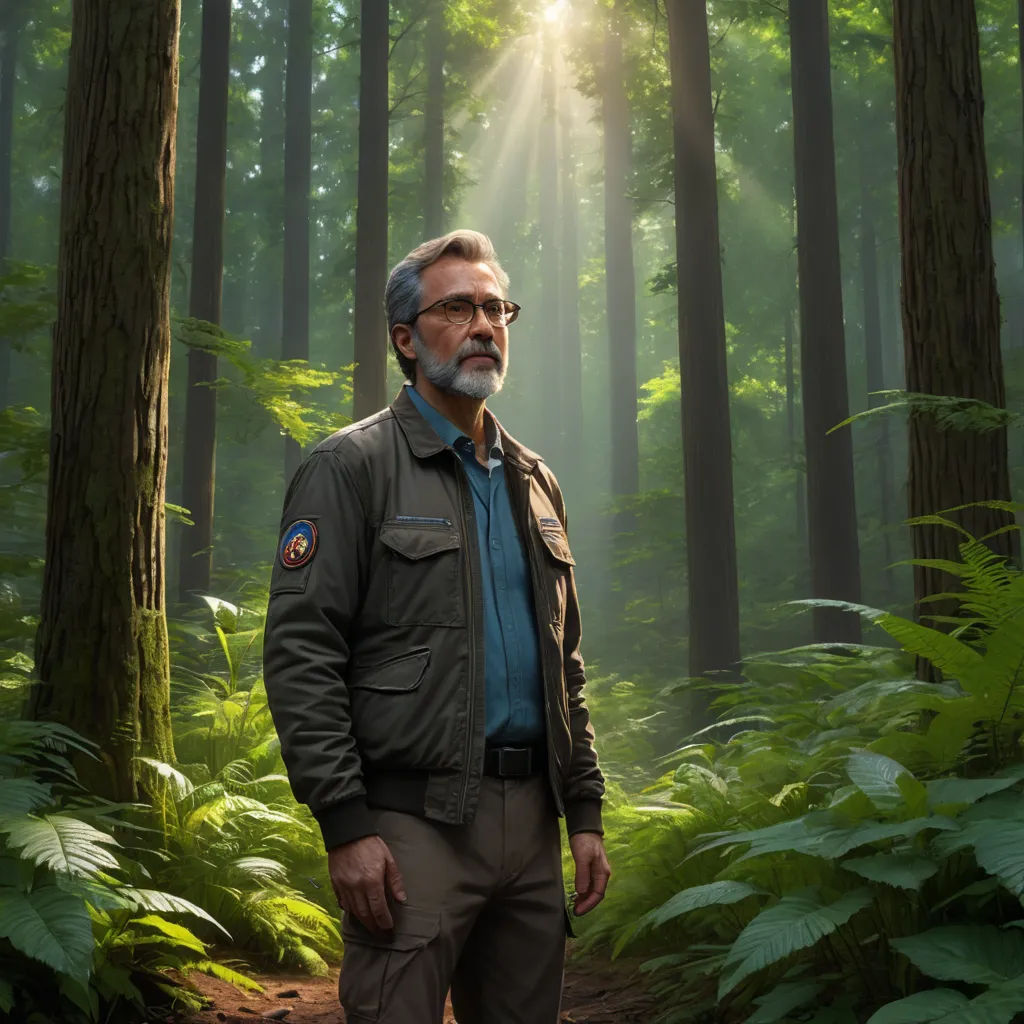
In the end, Dr. Benson found solace in the natural world. He had learnt a lesson in humility and respect for life, a lesson he would carry with him for the rest of his days.
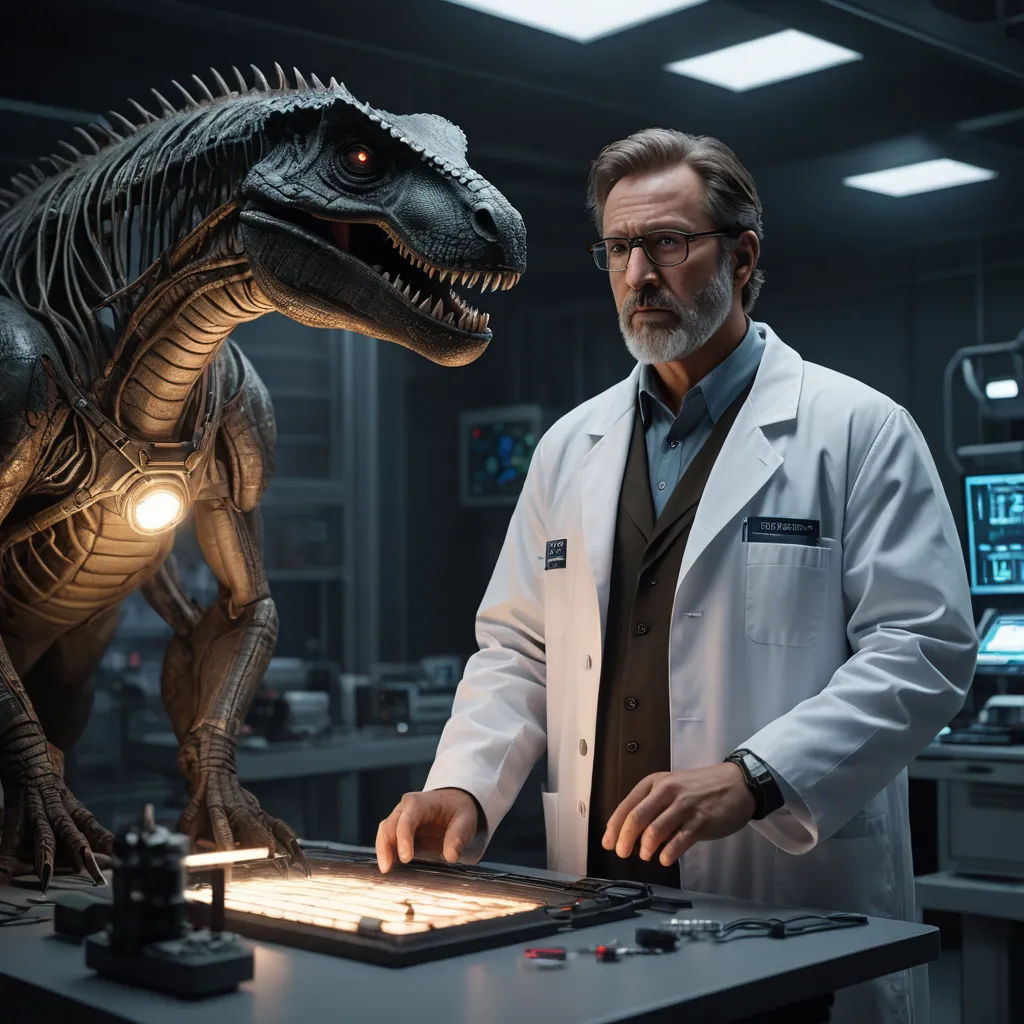
The tale of Dr. Howard Benson and his dinosaur experiment is a testament to the thin line between scientific curiosity and ethical responsibility, a line that must never be crossed.

Dr. Benson's journey from being the creator of life to its humble student is a story of growth, responsibility, and the true power of nature. His story will forever be a part of scientific history.